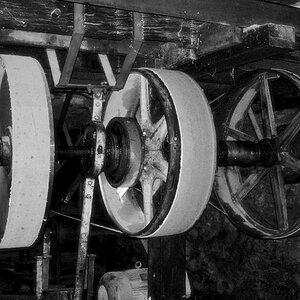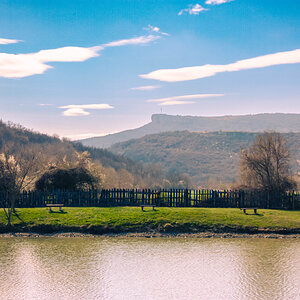Dmariehill
No longer a newbie, moving up!
- Joined
- Mar 4, 2013
- Messages
- 108
- Reaction score
- 41
- Location
- United States
- Can others edit my Photos
- Photos OK to edit
Any tips for protecting equipment at the beach? Mainly from blowing sand or kids throwing sand?
Does it make sense to use a cheap UV filter in this case?
Does it make sense to use a cheap UV filter in this case?







![[No title]](/data/xfmg/thumbnail/37/37488-1946adf246ec6e047915c668d3dcff15.jpg?1619738111)





